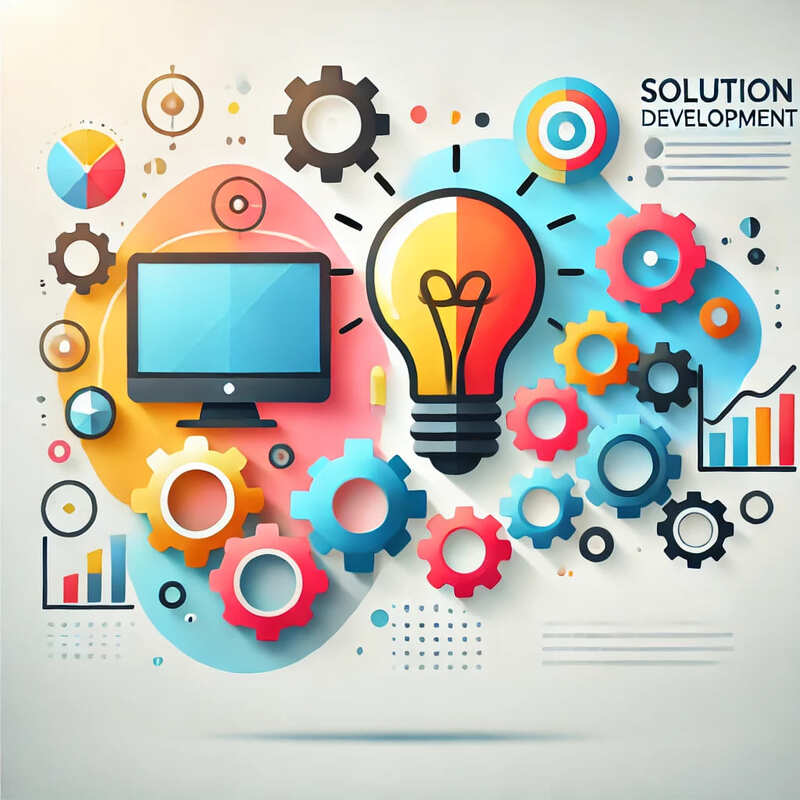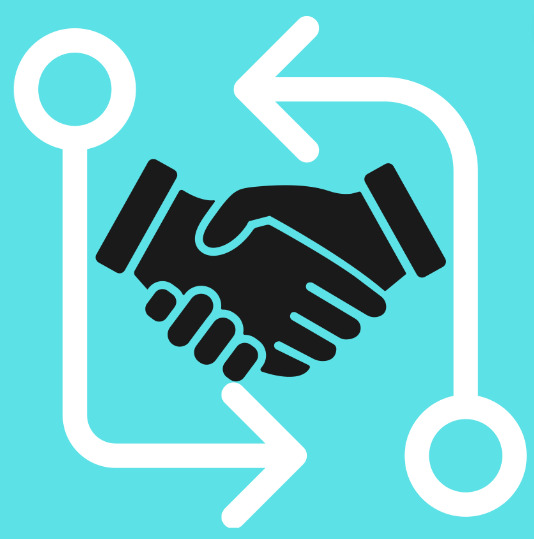Introduction
The sixth article in our consulting training series focuses on Solution Development. This is a pivotal stage in our consultative approach to client strategy and sales. After gathering and analyzing data, the next step is to develop solutions that address the client’s needs and challenges. This article aims to equip team members with the skills and knowledge required to create effective, tailored solutions.
Objectives
Upon completing this module, participants should be able to:
- Understand the importance of solution development in the consulting process.
- Identify the key steps in developing a solution.
- Apply critical thinking and creativity in solution design.
- Understand how to tailor solutions to specific client needs and challenges.
The Importance of Solution Development
Solution development is the crux of the consulting engagement. It’s where the consultant’s expertise and the client’s needs intersect to create value. The quality of the solution often determines the success of the consulting project and, by extension, client satisfaction.
Steps in Solution Development
- Problem Definition: Clearly articulate the problem that needs solving, based on data analysis and client input.
- Idea Generation: Use brainstorming, mind-mapping, or other ideation techniques to generate potential solutions.
- Feasibility Analysis: Evaluate the practicality, cost, and impact of each potential solution.
- Solution Design: Create a detailed plan or prototype of the chosen solution.
- Client Validation: Present the solution to the client for feedback and make necessary adjustments.
- Implementation Planning: Develop a roadmap for rolling out the solution, complete with timelines, resources, and KPIs.
Tools and Frameworks
- SWOT Analysis: To evaluate the strengths, weaknesses, opportunities, and threats of a potential solution.
- Cost-Benefit Analysis: To weigh the financial implications of different solutions.
- Project Management Software: Such as Asana or Jira, for planning and tracking the solution development process.
- Prototyping Tools: Such as Figma or Sketch, for designing solution mock-ups.
Application Across Roles
- Strategy Teams: Can use this process to develop new business models or market entry strategies.
- Marketing Teams: Can develop campaigns or customer engagement strategies.
- Operations Teams: Can create solutions for streamlining processes or improving quality.
Conclusion
Solution development is a complex but rewarding stage in the consulting process. It requires a blend of analytical thinking, creativity, and client-centricity. This article provides the framework and tools needed for effective solution development, a skill that is invaluable for anyone adopting a consultative approach in their role.



